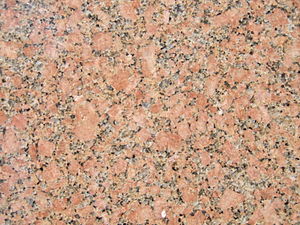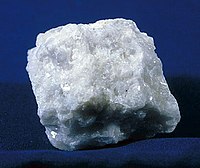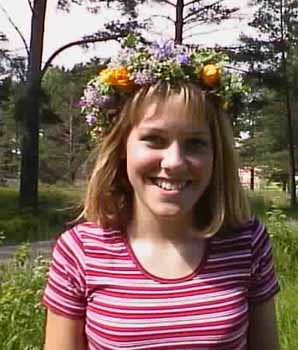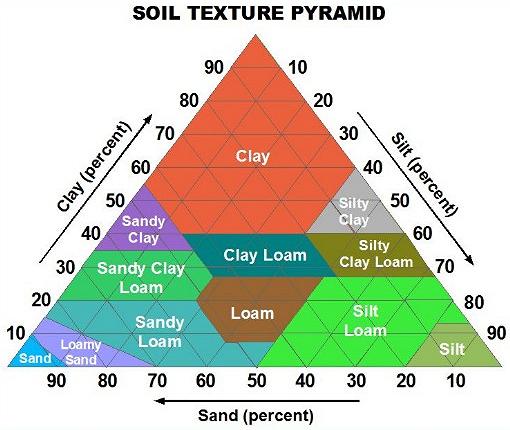When combined, minerals form rocks under certain circumstances.
Quartz is a compound of one part silicon and two parts of oxygen,
silicon dioxide, SiO
2. It is prominently found in Brazil, but there are smaller deposits found in Guatemala, Columbia, and within the United States.

source:http://www.mindat.org/min-3337.html
There are 3 major types of rocks:
Igneous rocks-created by the cooling of original materials, igneous rocks can be created extrusively (above ground) or intrusively (below the ground). An example of igneous rock would be granite, which is created from a blend of quartz, feldspar and hornblende. Igneous rock may form with or without
crystallization, either below the surface as
intrusive (
plutonic) rocks or on the surface as
extrusive (
volcanic) rocks. This magma can be derived from partial melts of pre-existing rocks in either a
planet's
mantle or
crust.
Typically, the melting is caused by one or more of three processes: an
increase in temperature, a decrease in pressure, or a change in
composition. Over 700 types of igneous rocks have been described, most
of them having formed beneath the surface of
Earth's crust.
source: http://en.wikipedia.org/wiki/Igneous_rock
Their chemical makeup relies on several components.
For instance, they can be:
 source:http://en.wikipedia.org/wiki/Granite
Metamorphic rocks-
source:http://en.wikipedia.org/wiki/Granite
Metamorphic rocks-arise from the transformation of existing
rock types, in a process called
metamorphism, which means "change in form". The original rock (
protolith) is subjected to heat and pressure, (temperatures greater than 150 to 200 °C and pressures of 1500 bars
[1]) causing profound physical and/or chemical change. The protolith may be
sedimentary rock,
igneous rock or another older metamorphic rock.
An example of a metamorphic rock would be marble, which is a non-foliated
metamorphic rock composed of recrystallized carbonate minerals, most commonly
calcite or
dolomite. Marble is most commonly found in mountainous areas all over the world...in particular,
Italy, China, Turkey and Mexico, but also in Belgium, France, Great
Britain, Spain, India, and in many parts of the United States, such as
Vermont, Colorado, Tennessee and Alabama.
 source: http://en.wikipedia.org/wiki/Marble
http://wiki.answers.com/Q/Where_is_marble_found
Sedimentary rocks-
source: http://en.wikipedia.org/wiki/Marble
http://wiki.answers.com/Q/Where_is_marble_found
Sedimentary rocks- are types of
rock that are formed by the
deposition of material at the
Earth's surface and within bodies of water.
Sedimentation is the collective name for processes that cause
mineral and/or
organic particles (
detritus) to settle and accumulate or minerals to
precipitate from a
solution. Particles that form a sedimentary rock by accumulating are called
sediment. Before being deposited, sediment was formed by
weathering and
erosion in a source area, and then transported to the place of deposition by
water,
wind,
ice,
mass movement or
glaciers which are called agents of
denudation. Simply put, sediment becomes a rock by being compacted together. Limestone, which becomes marble when it undergoes metamorphosis.

source: http://www.dep.state.fl.us/geology/geologictopics/rocks/ocala_limestone.htm
http://en.wikipedia.org/wiki/Sedimentary_rock






 United States Department of Agriculture, has created 12 groups of soil types to differentiate between the world's soils. If you click on the image above, it will take you to a site that can give you more information about each type of soil.
United States Department of Agriculture, has created 12 groups of soil types to differentiate between the world's soils. If you click on the image above, it will take you to a site that can give you more information about each type of soil. 








